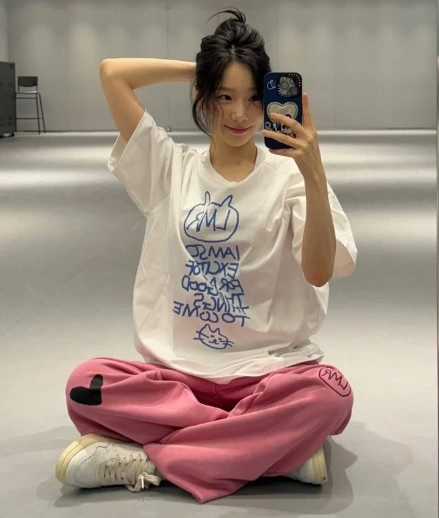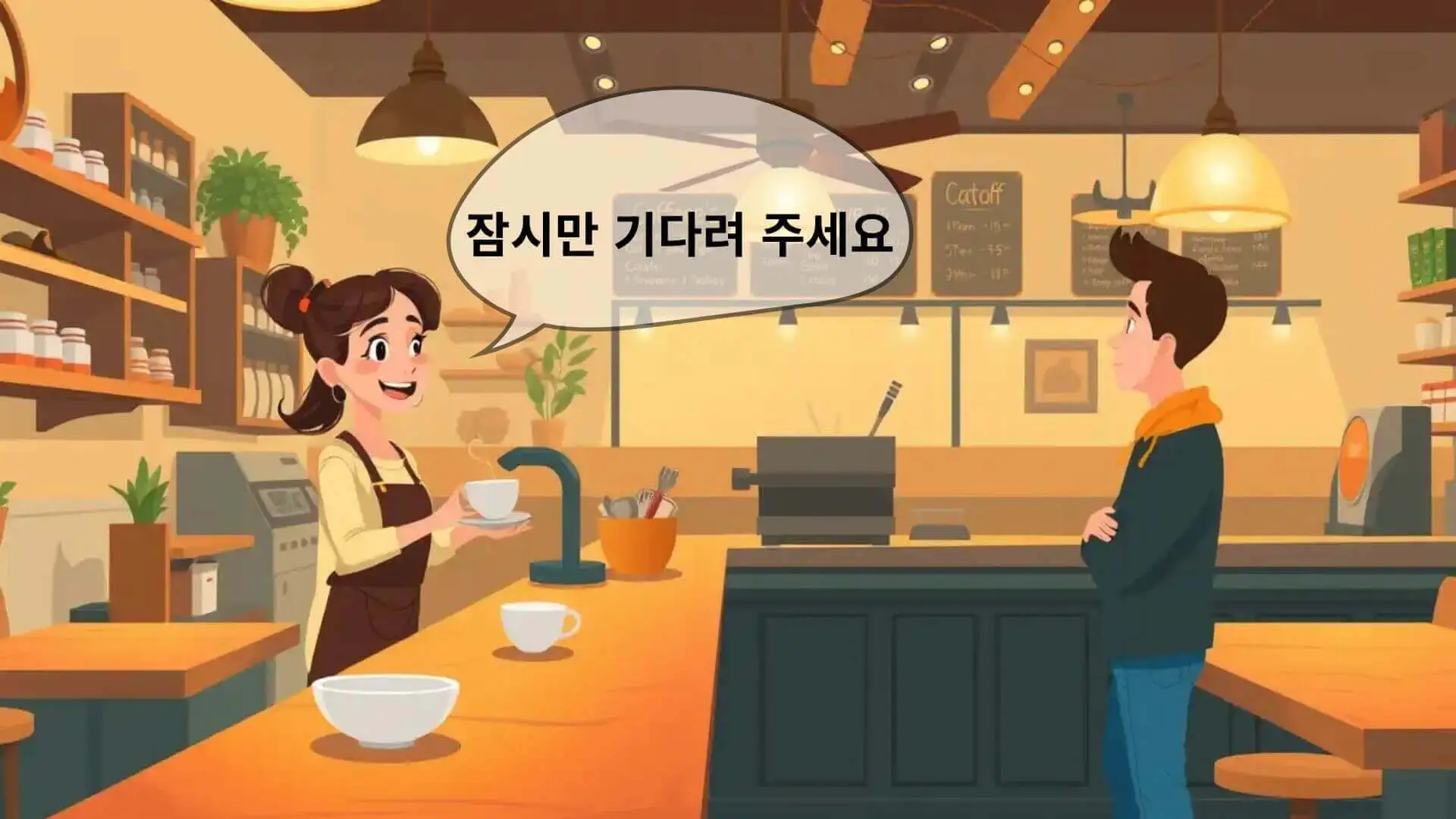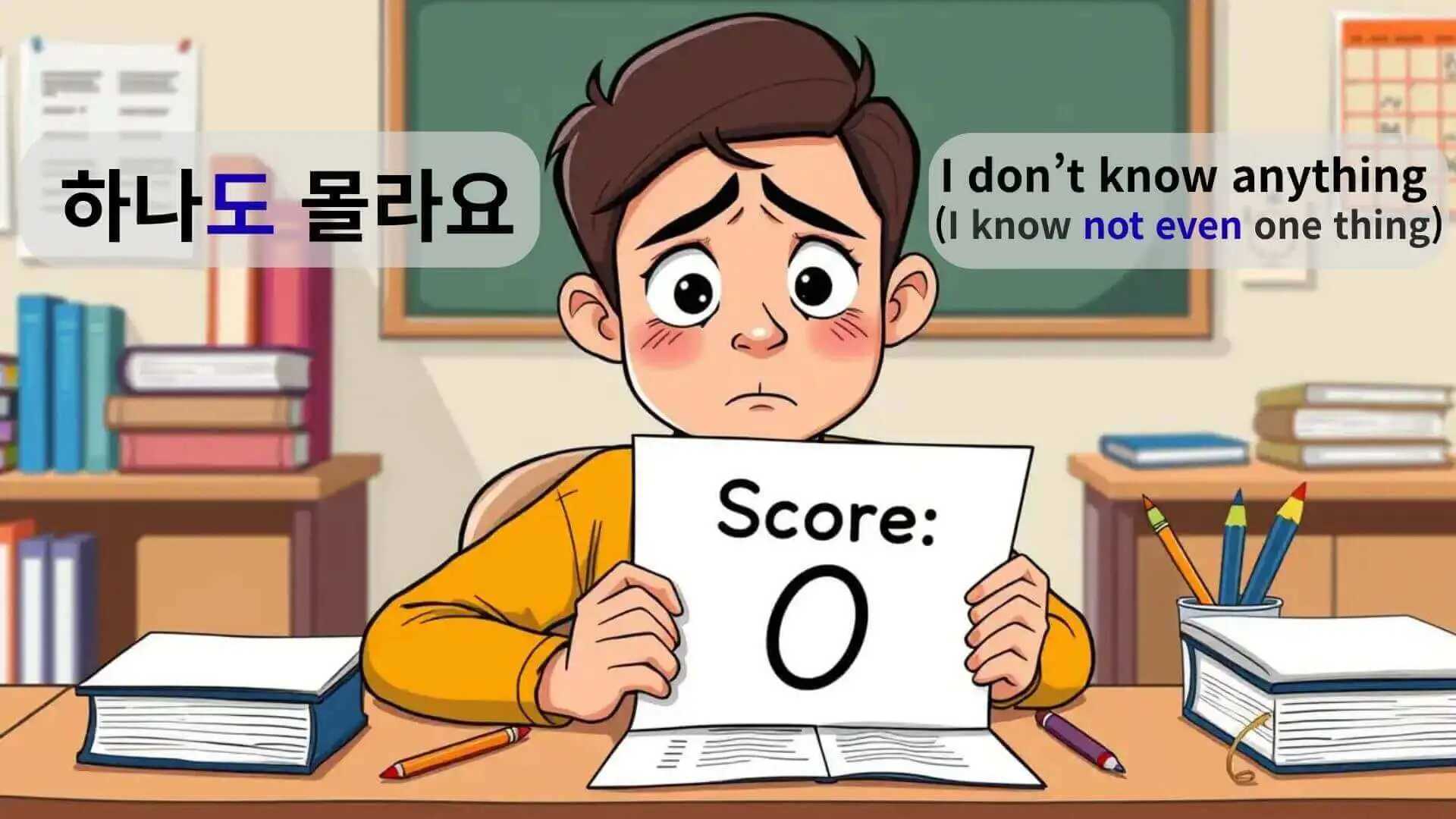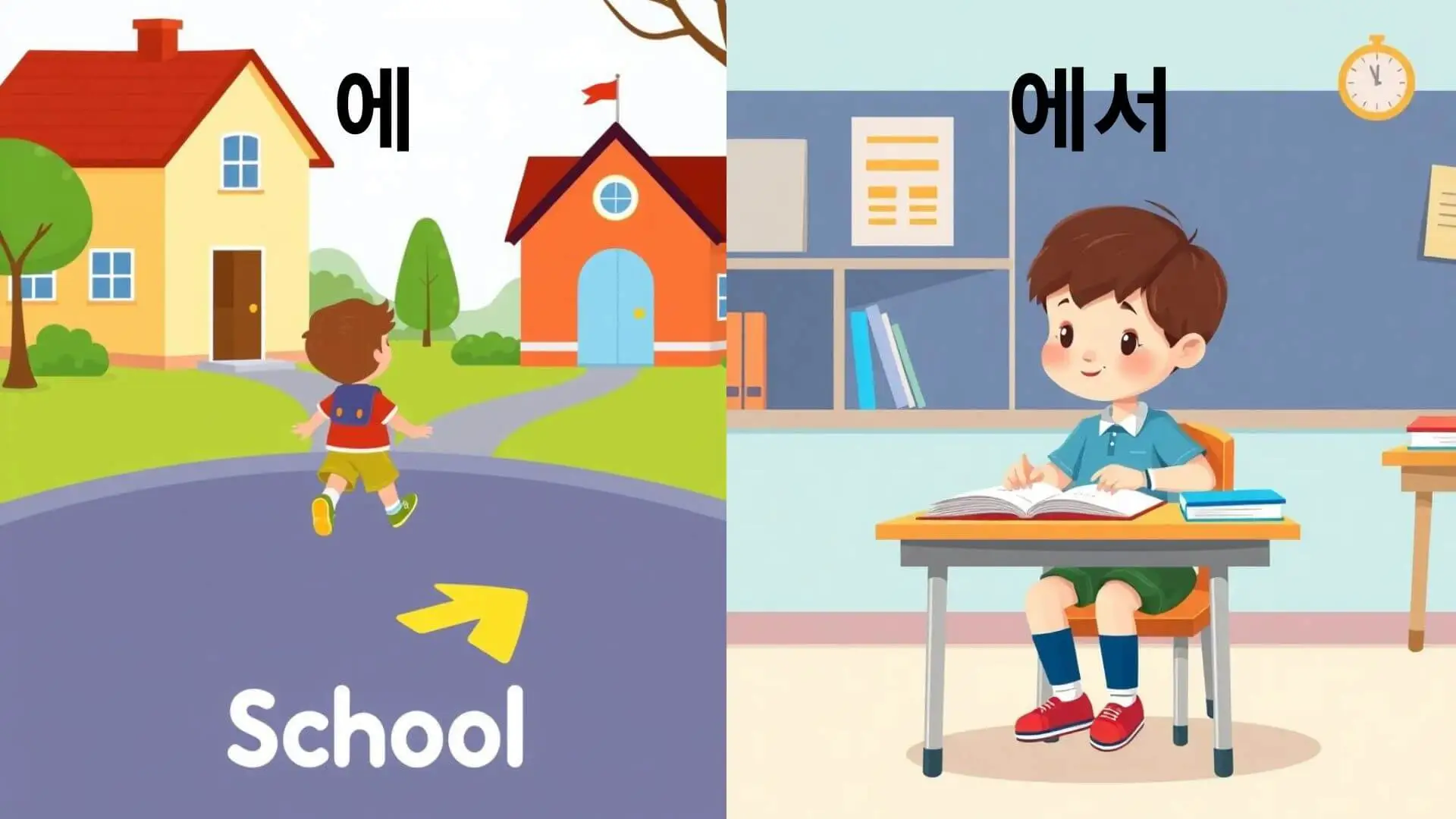K-pop Guide to Korean Politeness: Haeyo-che in ‘Kissing You’ by Girls’ Generation
Explore how Haeyo-che, the polite yet friendly Korean speech style, is used in Girls’ Generation’s K-pop hit “Kissing You.” Learn practical Korean politeness through lyrics! 1. Introduction: Why Haeyo-che Matters For many learners of Korean, one of the first challenges is deciding which speech style to use. Should you speak in a formal way, … Read more




